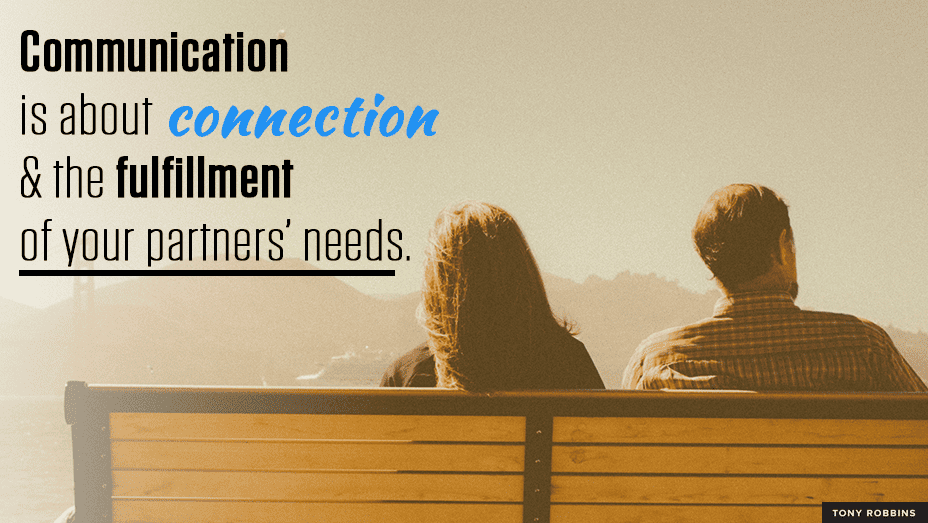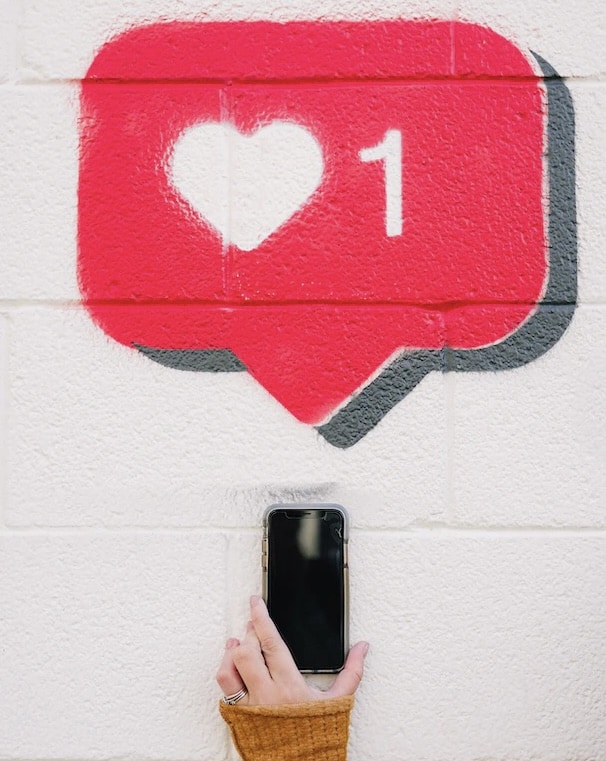
The invisible barrier – communication issues in relationships. By Jo Turner
Jo Turner, our relationship therapist , writes about the communication challenges that can block our intimate relationships:
We communicate with others in many ways, and in intimate relationships we often use many non-verbal actions to express how we feel. Subtle behavioural changes, slight gestures, our body language, are a few of the ways we try to show our partner how we feel about ourselves and about them.
I am using the term the “invisible barrier”, as the nuances are often subtle, such as, feeling a tension, an atmosphere, or a chronic, underlying unhappiness in our relationships. The invisible is felt and the barrier prevents us from taking action – our emotions are stuck. Open-ness and sharing in the relationship appear lost, exacerbating our feelings of isolation. Communication is failing and our relationships begin to struggle.
Sometimes we cannot find words to describe our invisible barrier – it’s a feeling – often powerful and uncomfortable. The invisible barrier ensures that we maintain a state of gridlock, neither partner able or willing to move towards breaking it down.
Why do we remain in this position of resistance? What purpose does it serve?
There are many reasons why and some of the feelings, for example are – shame, fear, despondency, or low self-esteem.
Connected to these feelings, are behaviours which we display in our relationships, such as – passive aggression, covert power play and control, stubborn-ness, avoidance and withdrawal.
To protect ourselves from painful feelings, we naturally find ways of coping and can often display behaviours to maintain the barrier (which can be conscious and unconscious), keeping others at a distance.
Positioned behind an invisible barrier we can feel lonely and helpless. The presence of the barrier indicates that there is something on either side. We often only feel the effects on our side of the barrier, having no idea that our partner positioned on the other side may feel the same…… lonely and helpless.
Confronting the invisible barrier, bravely taking steps towards it and exploring how it could be dismantled, are actions we can do symbolically within the safe and confidential confines of the counselling/psychotherapy session. The process can provide us with the space to understand our own behavioural positions each side of the invisible barrier, allow us to uncover the source of the resistance and try to make changes.
Suppressing feelings and thoughts about our partners can sometimes lead to a slow build up of unresolved and unwanted emotions which can turn into resentment. Why do we feel unfulfilled? What do we want from our significant other? What do we want for ourselves? Sometimes we put off dealing with our emotional needs in the hope that something might change. It can be difficult to initiate change for fear of unsettling our lives, even though we intuitively feel that there are unresolved issues.
Taking time to talk about our thoughts and feelings together ( or separately) in a confidential and safe space is a way of starting to clarify our relationship issues.

Talking and sharing together can start to make the barrier visible, giving us something to work with. Breaking the barrier down can help us feel open and available to each other and connected.
Jo Turner, PG Dip. Mar. Th. MBACP (Accred.) Relationship therapist. www.joturner.ukjo.com
September 2015





This Post Has 0 Comments